Among the significant changes I made to the itinerary upon arrival in Japan was to also compact my exploration of Hiroshima to an afternoon on Day 08, move the visit to Shukkeien Garden to Day 09 – and free up the morning to visit the city of Iwakuni which was about twelve minutes train ride away. There were two spots of particular interest in Iwakuni: the Kintai-kyo Bridge, and Iwakuni Castle. There would been quite a bit of walking between Iwakuni station and both places in the city though. And as bad luck would have it, my legs just about finally quit on me on Day 08 when the aching from hiking Mt. Misen reached its worst point. I had difficulty walking even on flat ground, let alone climb any kind of steps or do extended walking.
That basically meant I had to throw out the morning visit to Iwakuni, and return to the original plan before departure: cover whatever I can manage in Hiroshima city itself. The weather on Day 08 was again quite gloomy with loud and howling winds on Day 07 evening, and continuous rain through the night. The rain seemed to finally clear at 10AM – which was my window to immediately take off to visit Shukkeien. The garden is normally an easy 4 minute walk away from my hotel. But it took me almost 15 minutes as I slowly limped my way there haha.
Construction of the Shukkeien began in 1620 and just after the completion of Hiroshima Castle a kilometer or so away. The centerprice of the garden is the pond, and the walking circuit has little side paths that gentle slope uphill to offer vantage points. Like the Okayama Korakuen, there are apartment and office blocks surrounding the garden, so you’d need to frame your pictures carefully unless you don’t mind your beautifully scenic photos of flora with a modern construction in the background.
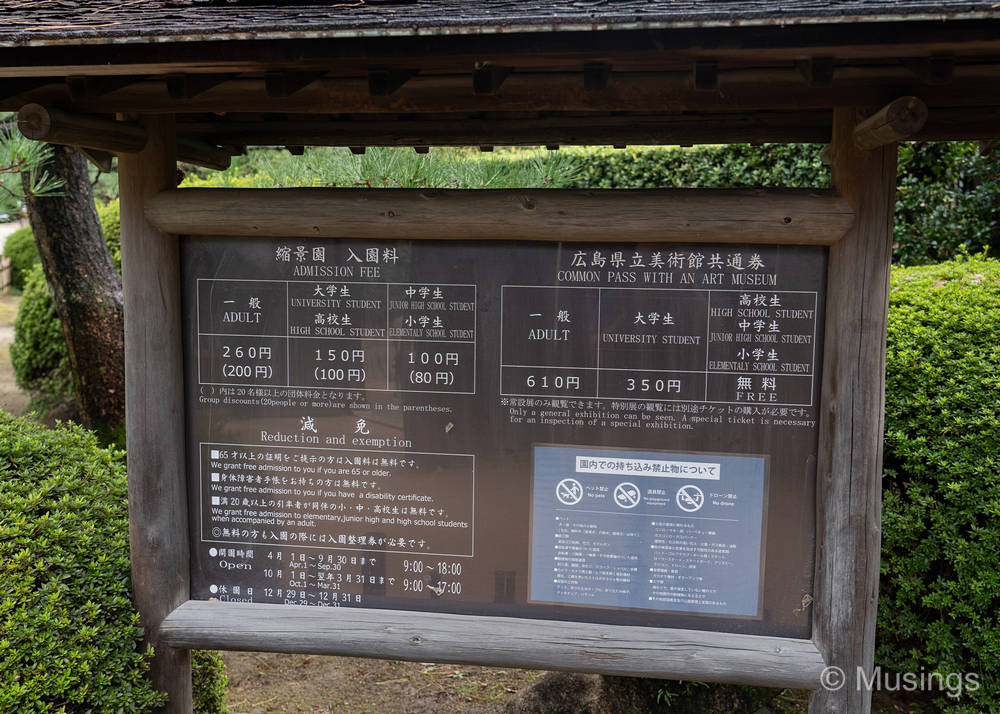
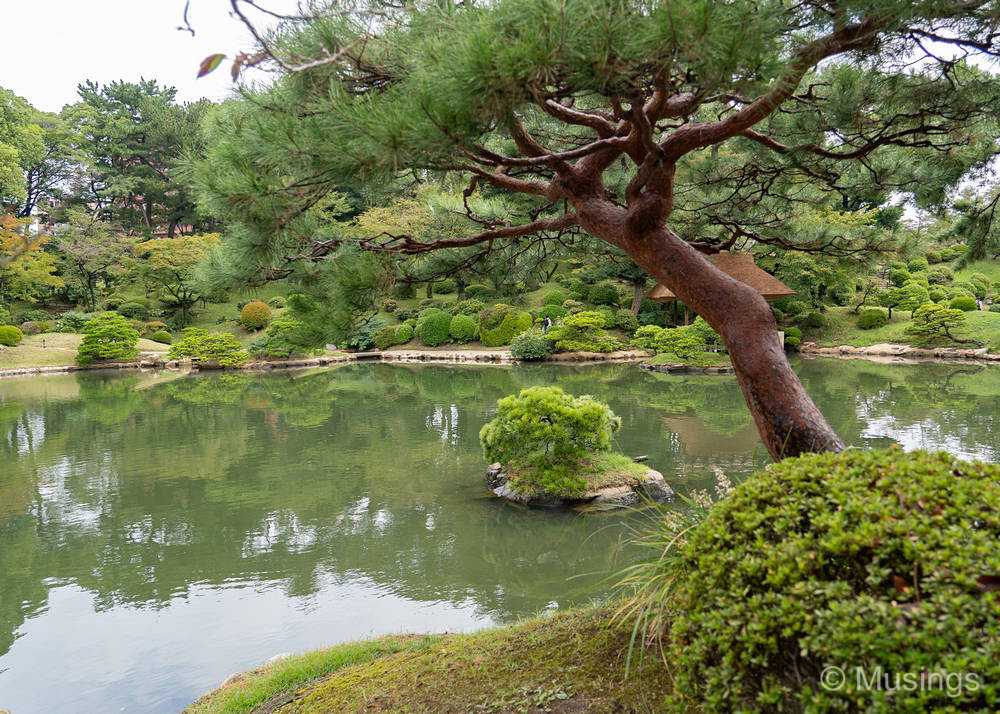
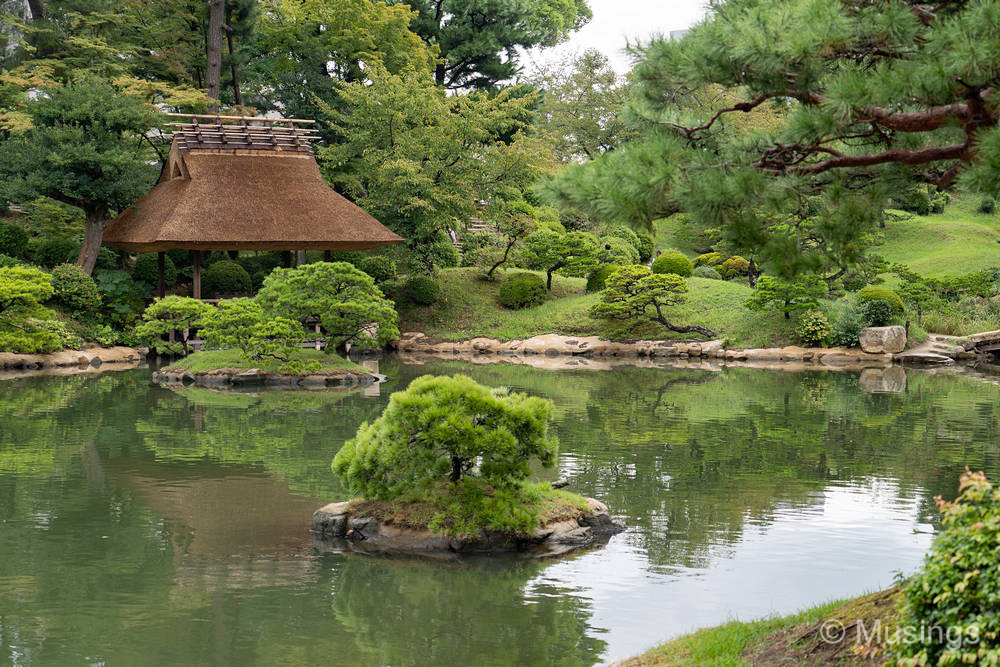
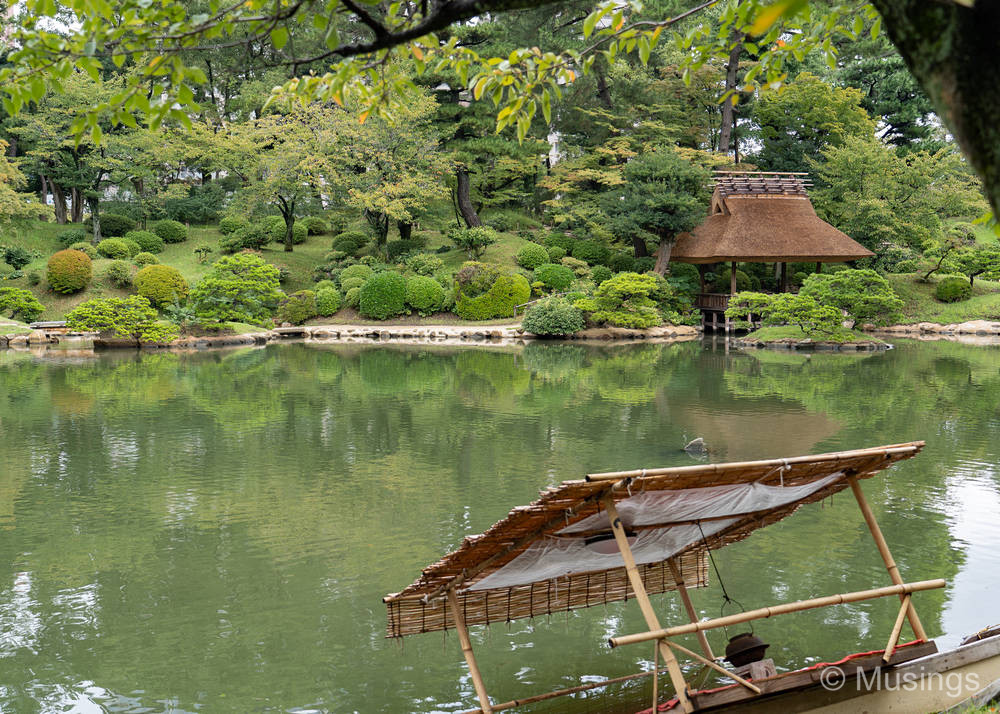
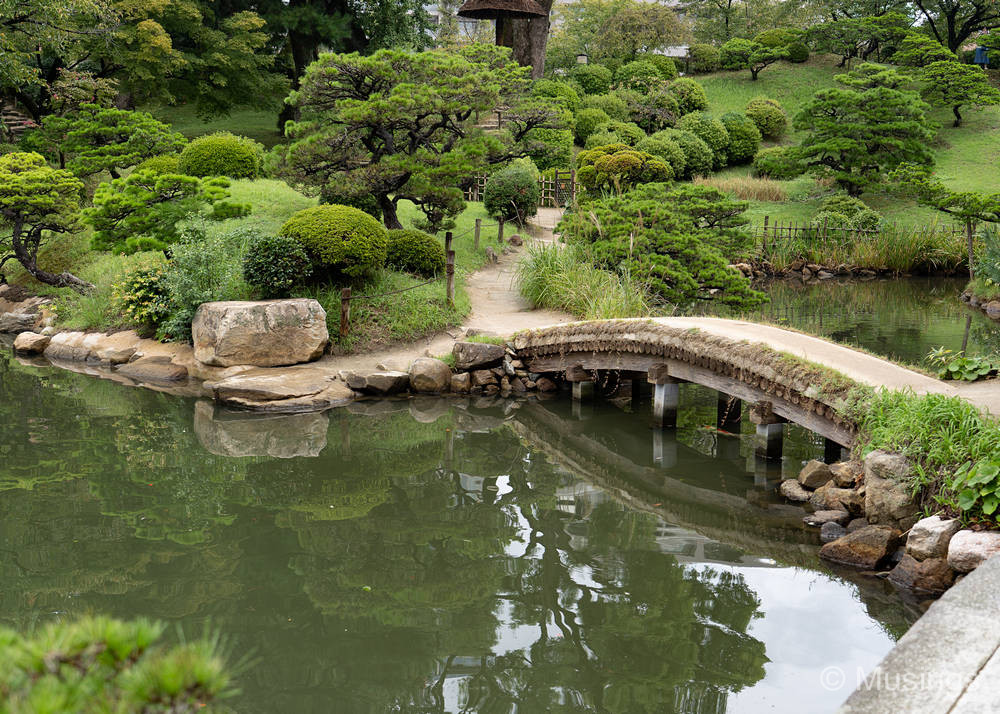
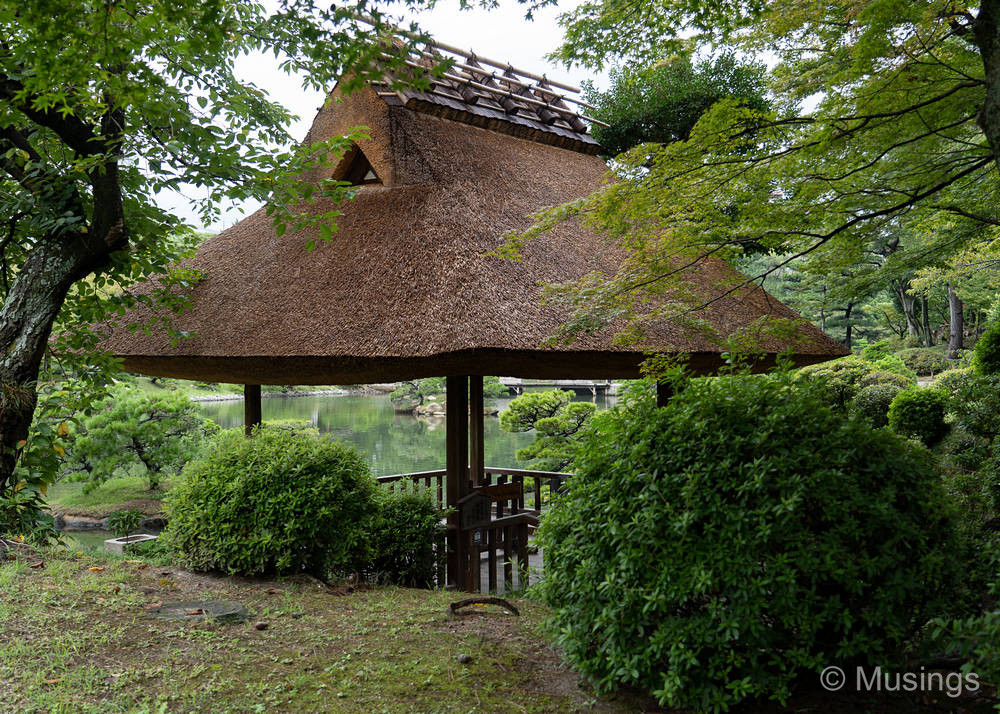
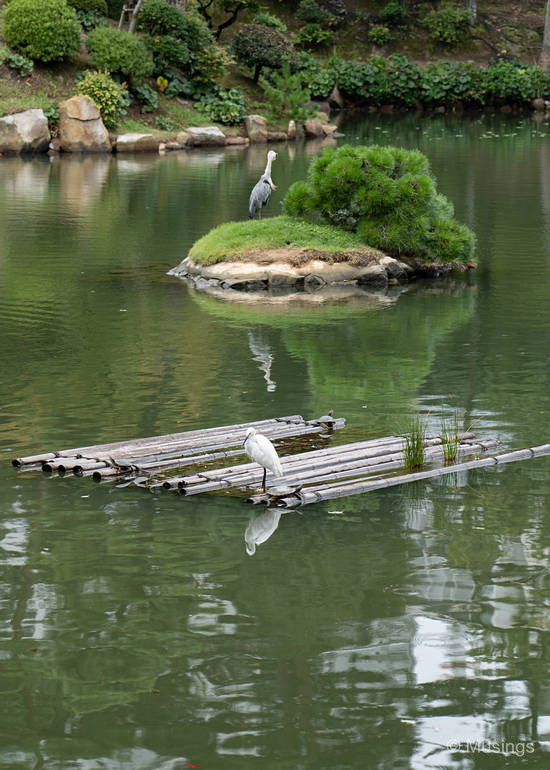
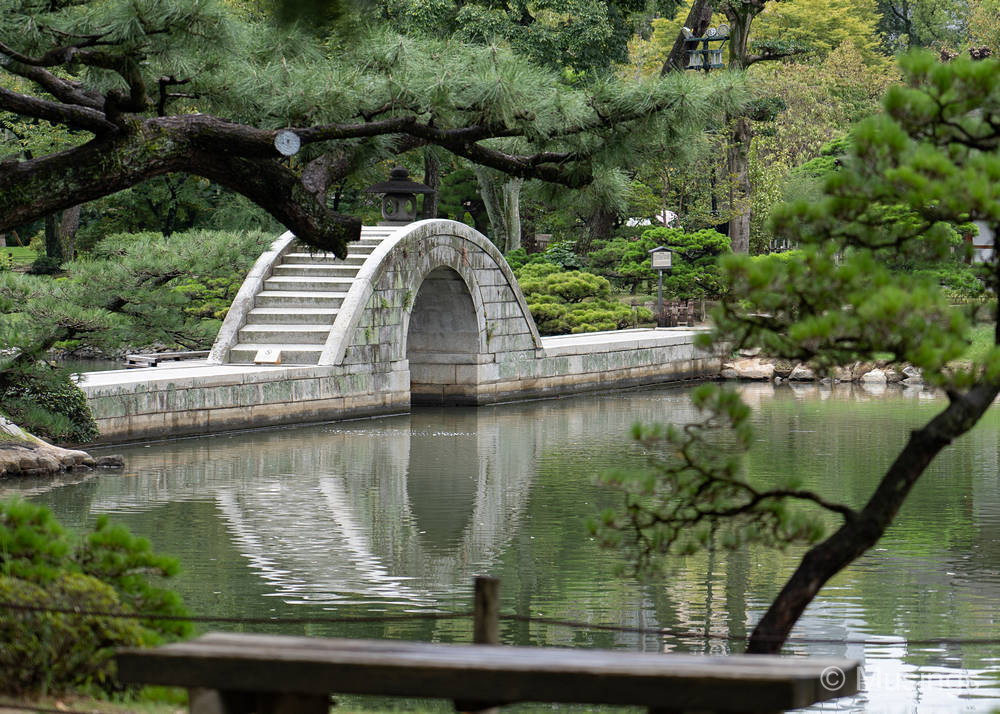
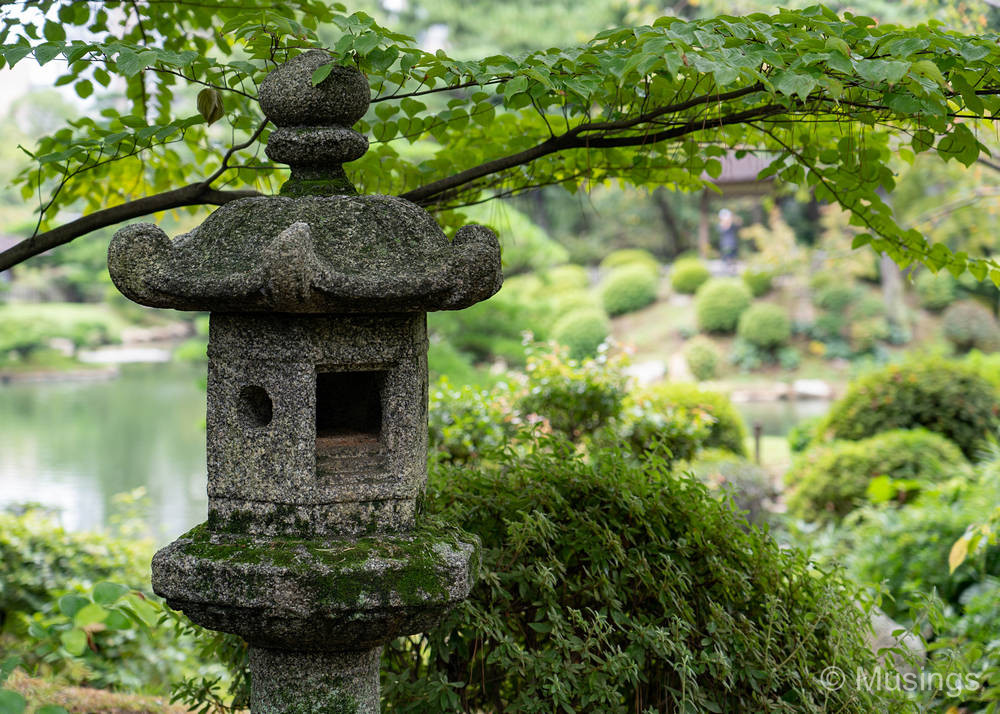
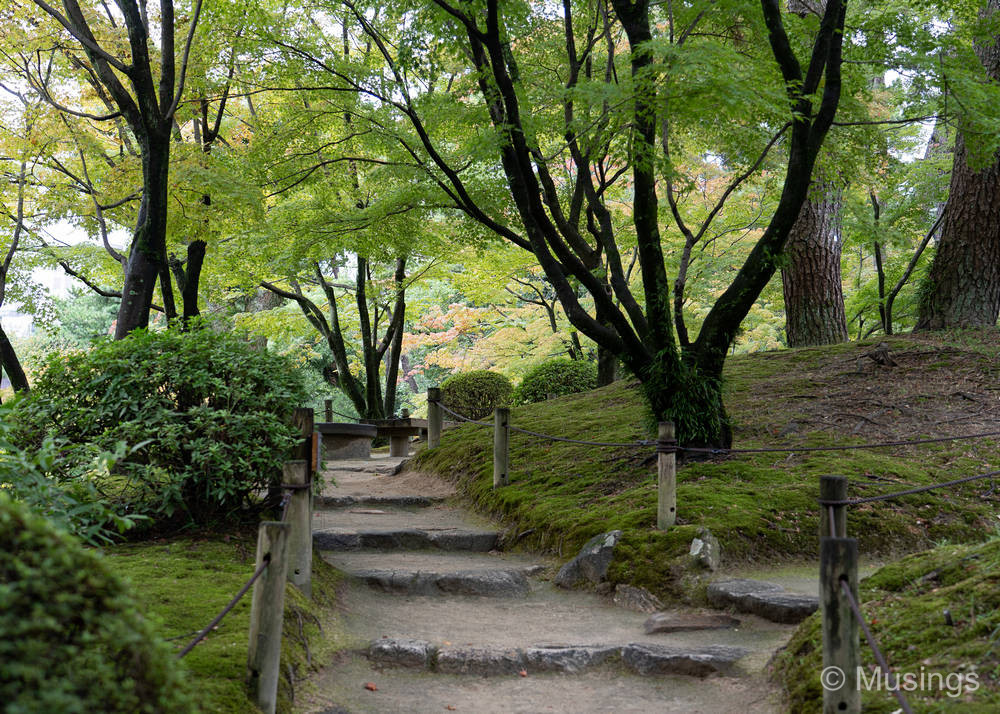
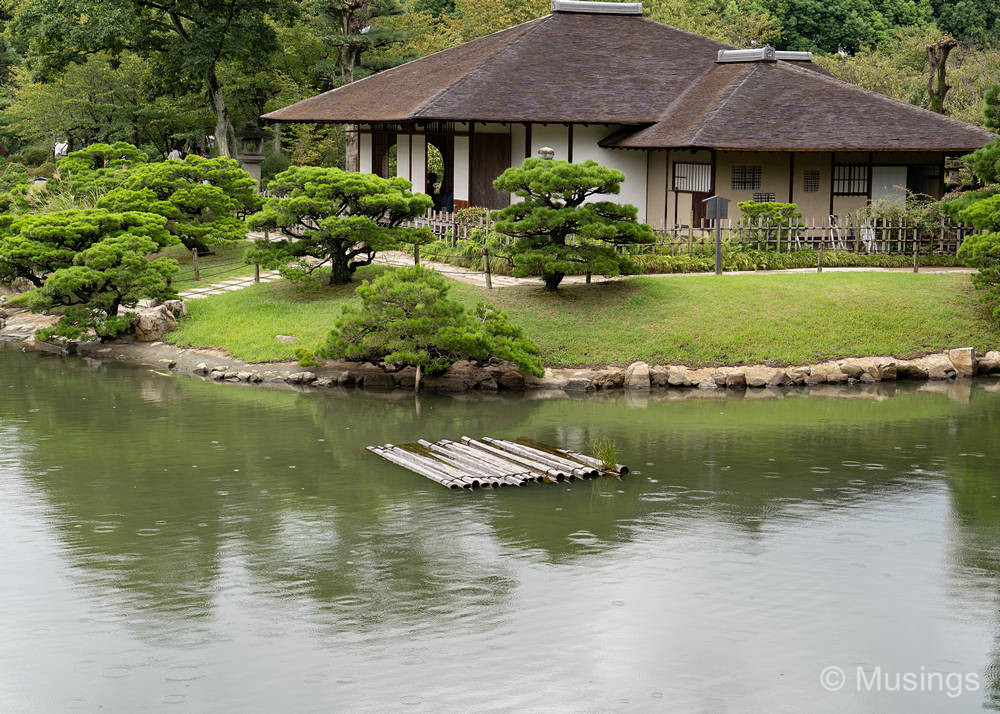
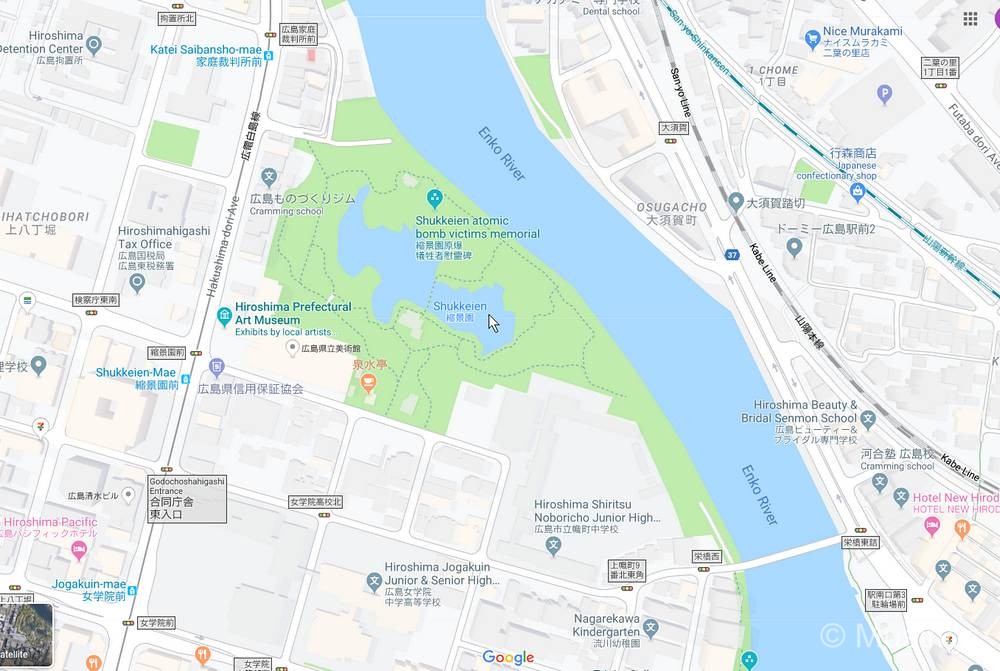
Summary: This is a pleasant enough garden and I place it about the same tier of experience and sight as Okayama’s Korakuen. Admission is reasonably priced, and my recommended visitation time is between 45 minutes to an hour.
Next post continues on towards Hiroshima Castle and the Atomic Bomb Dome.
Recent comments